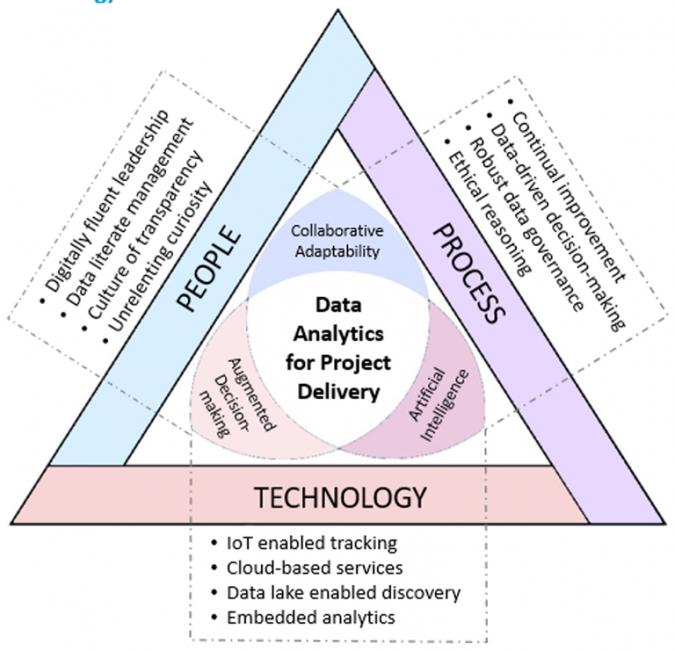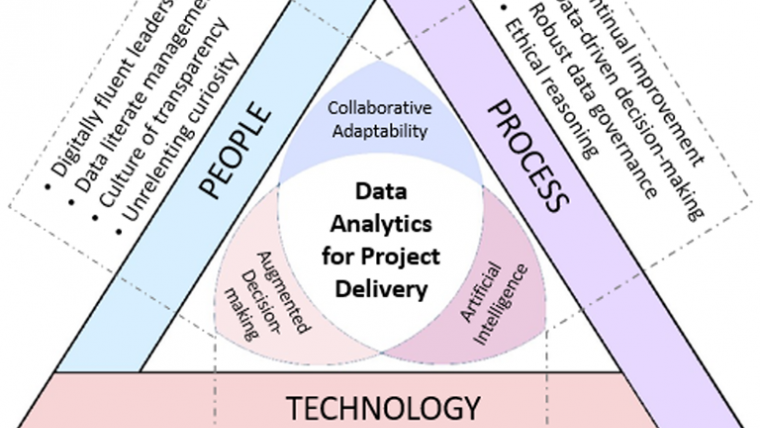Construction Technology: Building the Future in a Mirror World
In 1992, American computer scientist, artist and writer David Gelernter released a book titled 'Mirror Worlds'. In the prologue, Gelernter explains: “This book describes an event that will happen someday soon: you will look into your computer screen and see reality. Some part of your world – the town you live in, the company you work for, your school system, the city hospital – will hang there in a sharp colour image, abstract but recognizable, moving subtly in a thousand places. The Mirror World you are looking at is fed by a steady rush of new data pouring in through cables.
Essentially, Gelernter foresaw that computers may “free users from being filing clerks by organizing their data.” A little over ten years later, observers may have said his vision was flawed. In 2004, Gelernter’s company, Mirror Worlds Technologies Inc., ceased operations. Almost thirty years after his book was published, it appears Gelernter was ahead of his time. Today, in contrast, many of us are familiar with the notion of Augmented Reality (AR), Digital Twins and Smart Cities.
The Role of Standards in Digital Transformation
In 2018, the release of ISO 19650 may have been the tipping-point event that helped the engineering and construction sector establish a Mirror World of its own. It will certainly be recognized as a moment in which this sector, ordinarily regarded as a technology laggard, was presented with an opportunity to secure otherwise elusive efficiencies. Efficiencies facilitated by detailed computer modelling and simulation at all stages in the development lifecycle.
This international standard is intended for “those involved in procurement, design, construction and commissioning of built assets” as well as “those involved in delivering asset management activities, including operations and maintenance.” Traditionally, these two groups are concerned with CAPEX and OPEX respectively (i.e. capital expenditure and operating expenditure). In coming years, new processes underpinned by ISO 19650, enabling a CDE (common data environment), in conjunction with “new data” generated by emerging technology, will allow investors, stakeholders and the public at large, to take a more holistic view of capital asset delivery. TOTEX or total expenditure will better facilitate a discussion concerning full life-cycle costs, through design, construction, operation and decommissioning. By raising levels of awareness, not just in terms of monetary cost, but also other measurable attributes such as time and carbon emissions, stakeholders and society at large will benefit from the more careful and responsible expenditure of finite resources.
Continue reading this story here.


Value staying current with geomatics?
Stay on the map with our expertly curated newsletters.
We provide educational insights, industry updates, and inspiring stories to help you learn, grow, and reach your full potential in your field. Don't miss out - subscribe today and ensure you're always informed, educated, and inspired.
Choose your newsletter(s)












